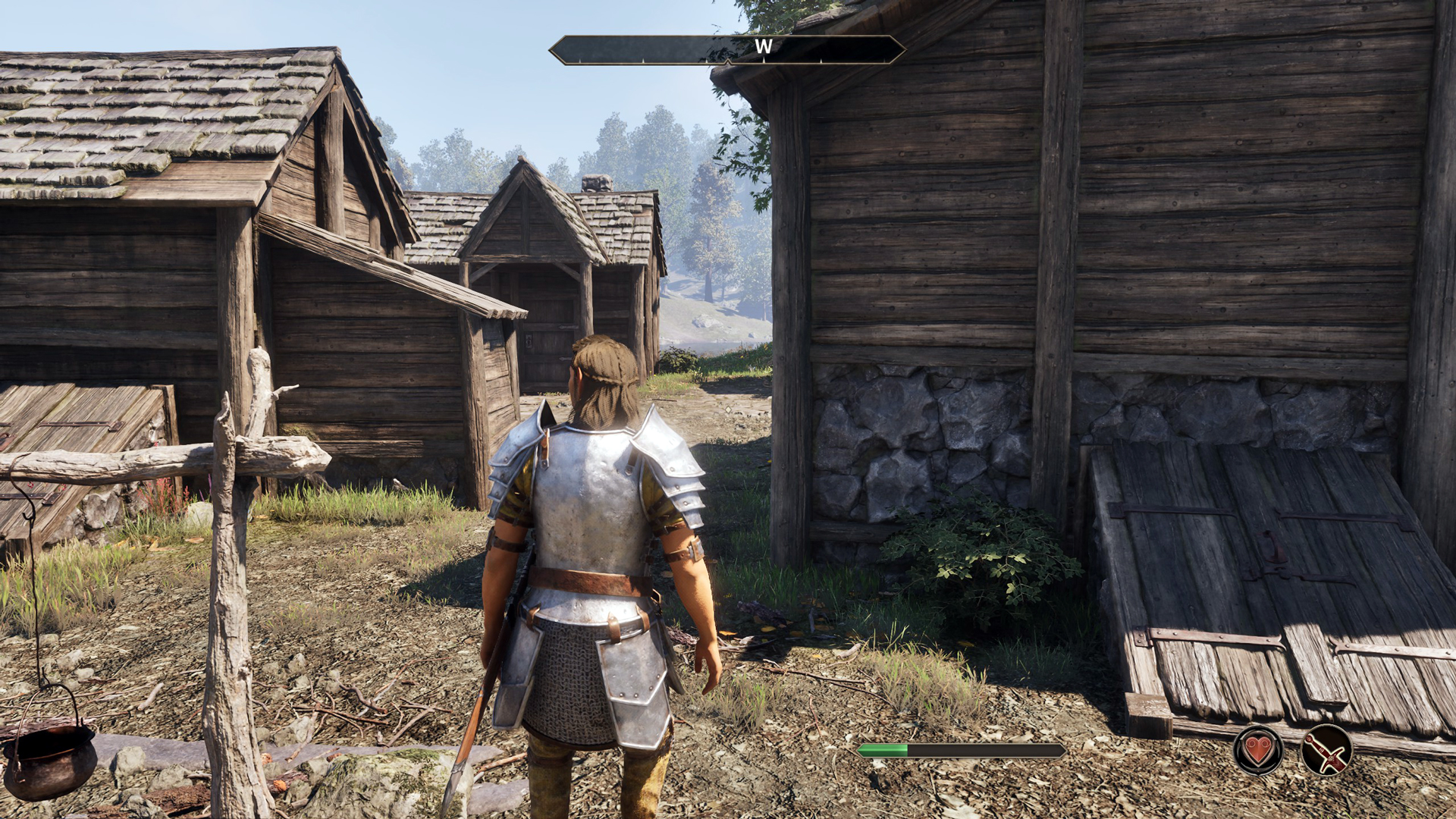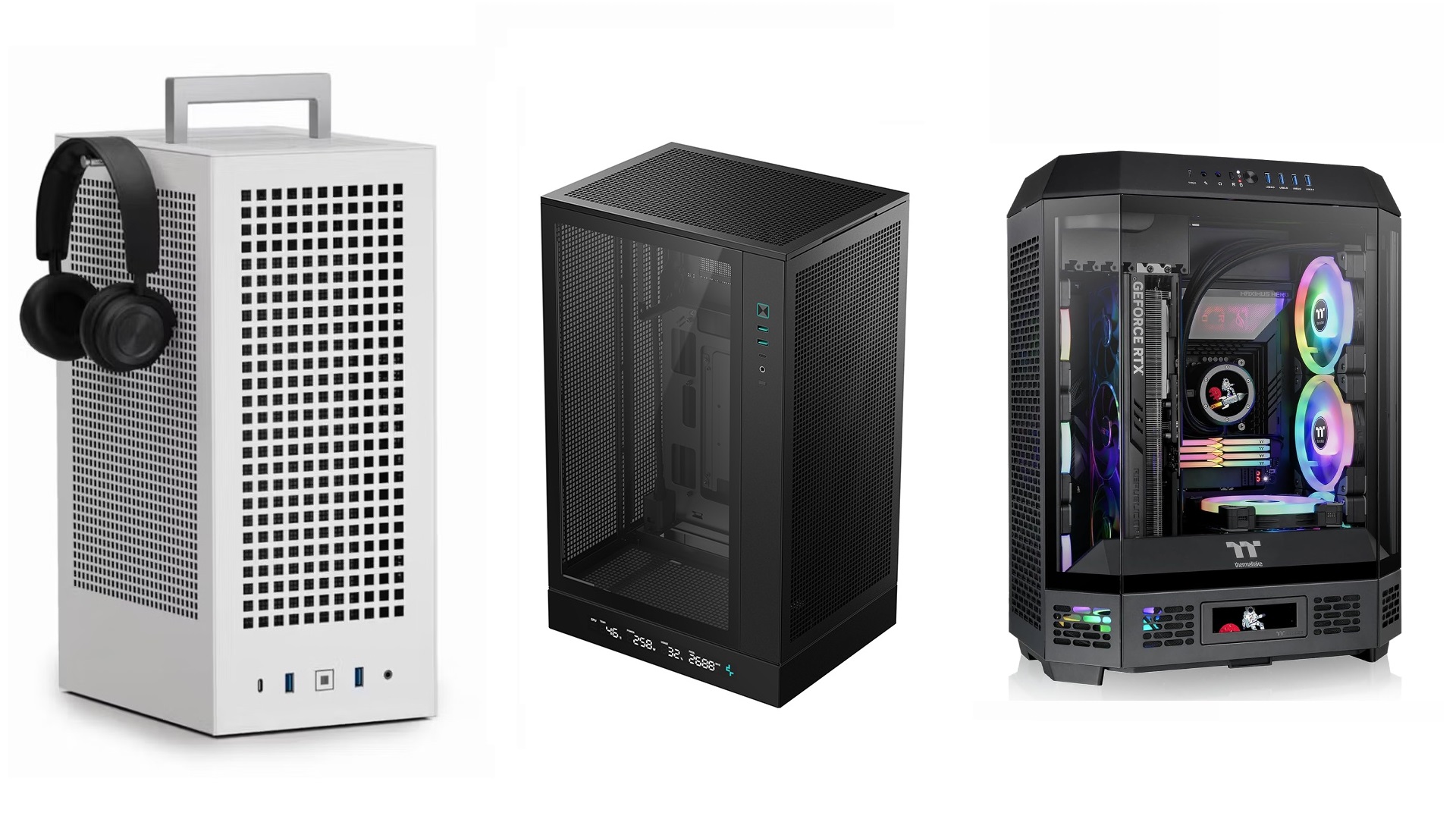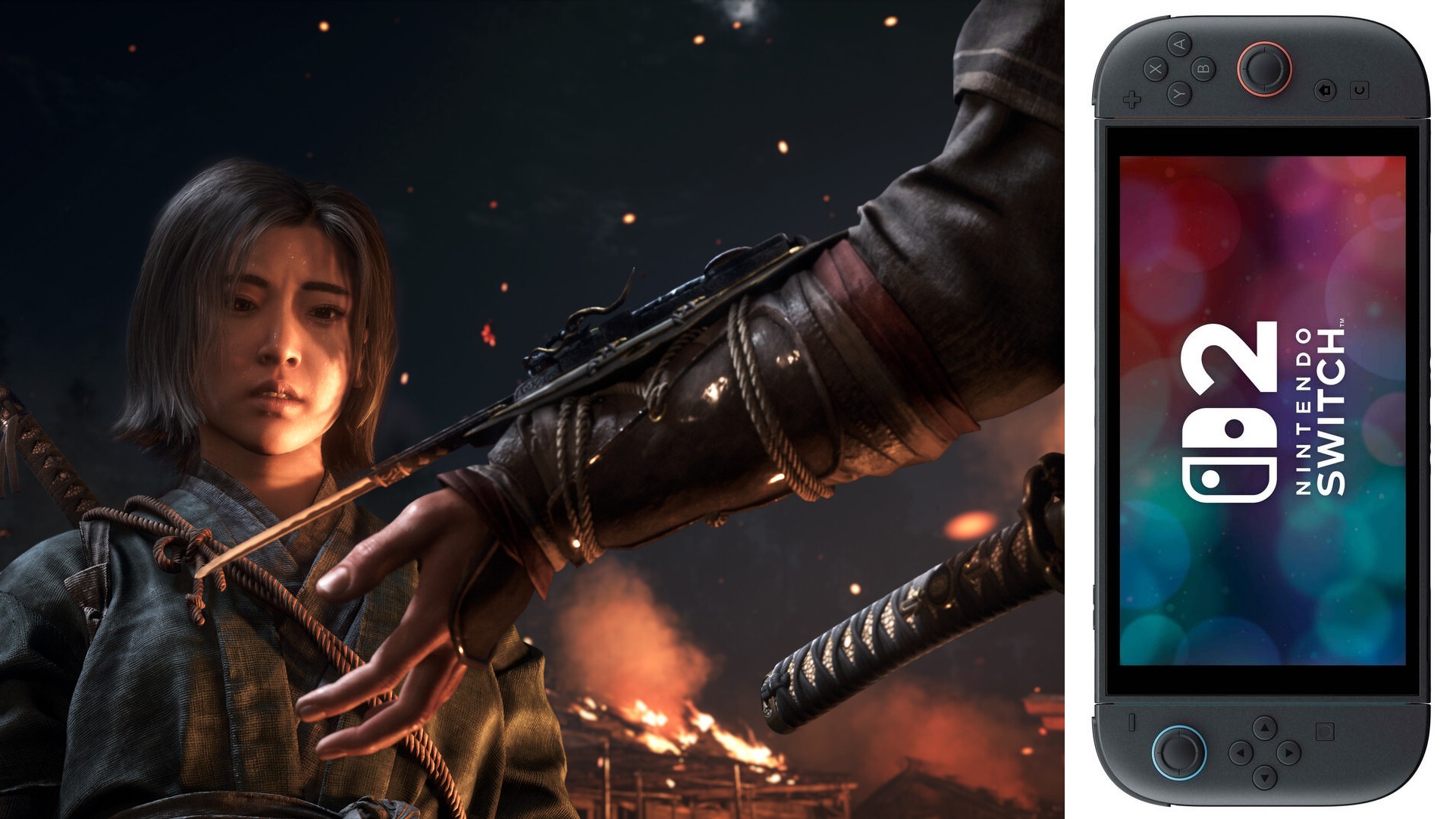These settings will help you get the best out of your RX 9070 XT when playing The Elder Scrolls IV: Oblivion Remastered.

The RX 9070 XT is a complete iteration of the Navi 48 GPU core. It is the current upper mid-range flagship offering from AMD, utilizing its RDNA 4 architecture. With the new GPU architecture, AMD has implemented several significant changes. Gamers can now achieve better performance per watt, stronger ray tracing, and improved software features, such as the FSR 4 upscaler model. Gamers with this GPU will get a good gameplay experience in Oblivion Remastered by following the settings below.
Note: Oblivion Remastered supports FSR 4 upscaler; you need to use the AMD control panel to enable it. The 9070 XT might appear as a 70-class card, but it can sometimes outperform an RTX 5080 in certain games (with tuning). For that, the CPU pairing needs to be at least that level. Our recommendation for a perfect pairing would be a Ryzen 7 9700X or Core i7 14700KF to avoid CPU bottlenecks.
Best Settings for RX 9070 in Oblivion Remastered (1440p and 4K Optimized)

A few keynotes to consider:
- You can play at 4K with this card, but for the best possible experience, you need to use FSR quality mode. Based on our observations, FSR 4 Native AA in 1440p appears to be the best option in terms of both visual fidelity and performance.
- FSR 4 (AA) partially addresses temporal issues, shimmering, motion artifacts, and ghosting in Oblivion Remastered—resulting in improved image quality.
- FSR frame generation produces better results than competitors.
- Enable AMD Smart Access Memory if it hasn’t been done already. Resizable or Rebar from the Intel side helps the CPU communicate with the GPU’s VRAM seamlessly.
- Continue to monitor the 1% and 0.1% lows, and adjust these settings further to your liking.
Best Settings Explored
| Setting | RX 9070 XT at 1440p | RX 9070 XT at 4K |
| Resolution | 2560×1440 (Native) | 3840×2160 (Upscaled) |
| Display Mode | Fullscreen | Fullscreen |
| Resolution Scale | 100 | 100 |
| Frame Rate Limit | Uncapped | Uncapped |
| V-Sync | Off | Off |
| Motion Blur | Off | Off |
| FOV 1st-Person | 75 // preference | 75 // preference |
| FOV 3rd-Person | 75 // preference | 75 // preference |
| Quality Level | Custom | Custom |
| View Distance Quality | High | High |
| Effects Quality | High | High |
| Foliage Quality | Medium | Medium |
| Shadow Quality | High | High |
| Global Illumination Quality | High | High |
| Texture Quality | Ultra | Ultra |
| Reflection Quality | High | High |
| Post-Processing Quality | High | High |
| Hair Quality | High | High |
| Cloth Quality | Ultra | Ultra |
| Screen Space Reflections | On | On |
| Lumen Hardware RT | On | On |
| Lumen Hardware RT Lighting Mode | High | High |
| Lumen Software RT Quality | You can switch to software Medium mode for better FPS | You can switch to software Medium mode for better FPS |
| Anti-Aliasing | FSR | FSR |
| Upscaling Technique | Native AA | FSR 4 (from AMD control panel) |
| FSR Mode | (Optional) You can select quality | Quality |
| FSR Sharpness | 25 (at native AA) | 35 |
| FSR Framegen | On | On |
The 9070 XT is a fantastic choice for playing Oblivion at 1440p with Native Anti-Aliasing (AA) and ray tracing (RT) enabled. The performance it provides is on par with an RTX 4080 Super, and with frame generation, the experience is just right. You can try 4K with the quality profile, which would yield almost the same results as 1440p with native AA (upscaling performance hit is minimal).
Looking For More Related to Tech?
We provide the latest news and “How To’s” for Tech content. Meanwhile, you can check out the following articles related to PC GPUs, CPU and GPU comparisons, mobile phones, and more:
- 5 Best Air Coolers for CPUs in 2025
- ASUS TUF Gaming F16 Release Date, Specifications, Price, and More
- iPhone 16e vs iPhone SE (3rd Gen): Which One To Buy in 2025?
- Powerbeats Pro 2 vs AirPods Pro 2: Which One To Get in 2025
- RTX 5070 Ti vs. RTX 4070 Super: Specs, Price and More Compared
- Windows 11: How To Disable Lock Screen Widgets
 Reddit
Reddit
 Email
Email


